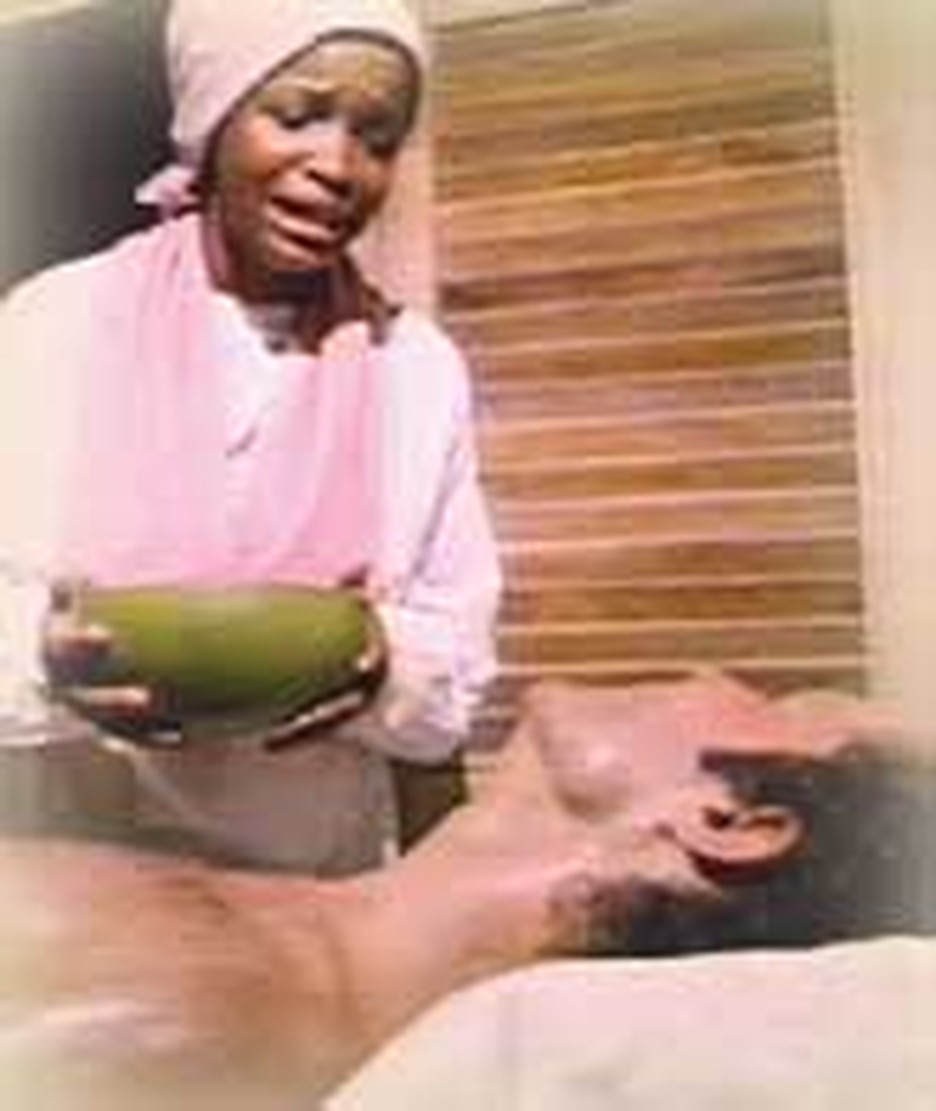
In 1731 Count Zinzendorf returned to Herrnhut from Copenhagen with an appeal that would change the face of Protestantism. He had met two Eskimos from Egede's Greenland mission. It looked as if the Greenland mission was about to fail. Shouldn't Herrnhut send someone to take Egede's place? The Moravians agreed. In a meeting held August 21, 1732, Christian David, a carpenter, and some other laymen were designated to go. They arrived in Greenland in May of 1733.
In Copenhagen, the count had also met a former slave, Anthony Ulrich, of St. Thomas Island. Anthony described the terrible brutality of slavery on the island. Slaves were utterly without Christ and were whipped if they came near a church. This account, relayed through Zinzendorf to the brethren at Herrnhut, greatly shocked them. Two close friends, Dober and Leupold were unable to sleep because of it. Surely Christ would want them to go to St. Thomas, even if they had to become slaves themselves in order to witness to the Negroes.
They asked permission to go, but it was refused. Everyone in the community saw only obstacles. The young men persisted and finally asked that the lot be drawn to determine if the Lord would allow them to go. Dober was selected, Leupold not. David Nitschmann, a man of experience and honor, offered to accompany Dober for a few months and help him get established in the islands.
The community of Herrnhut blessed the two men and sent them to Copenhagen to find a ship for St. Thomas. Many brethren were still opposed to the experiment, but Dober was determined to lay his life down if need be to bring the gospel to the slaves. Zinzendorf rode part way with them--to Bautzen, Germany--giving his final blessing on this day, August 25, 1732.
On the 300 mile trip to Copenhagen, Dober and Nitschmann met much skepticism. Virtually everyone told them it was folly to go to St. Thomas. To preach to slaves was absurd. Fever would kill the missionaries. Even Anthony changed his mind but did write them a letter of introduction to his sister.
In Copenhagen, help came from an unexpected quarter. Princess Charlotte Amelia learned of the mission and was moved to give funds and a Bible. A Dutch ship was found to take them and the two sailed in October. During the voyage the sailors continually scoffed at the mission which they said must undoubtedly fail. They tried to frighten the Moravians with stories of plague.
After much labor and years of fruitless suffering, Dober won his first convert--a boy. Anthony's sister was also brought to Christ. The Moravians later extended their mission work to the whole world.
Bibliography:
- Neill, Stephen. A History of Christian Missions. The Pelican History of the Church #6. Hammondsworth, Middlesex, England: Pelican Books, 1964.
- Thompson, Augustus C. Moravian Missions. New York: Charles Scribner's Sons, 1883.
- Zinzendorf and the Moravians. Christian History Vol. I # 1.
- Various internet articles.
Last updated April, 2007.







